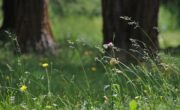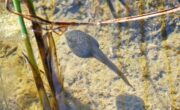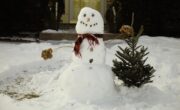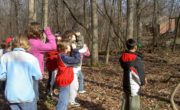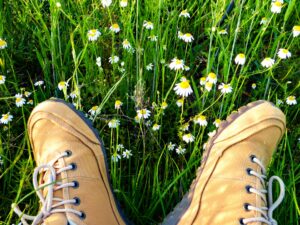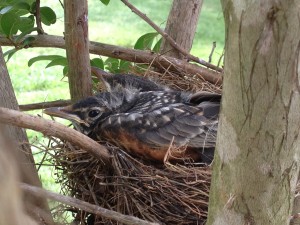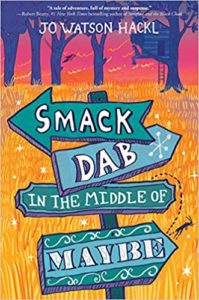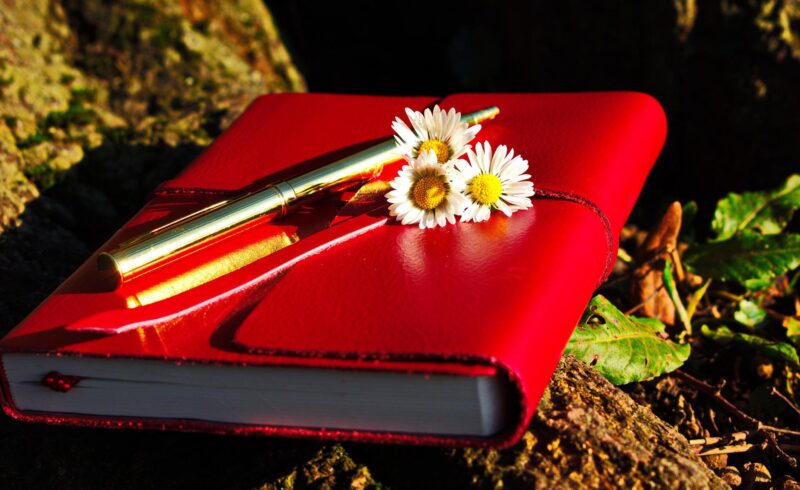
A nature journal is a book or notebook for recording thoughts, feelings, ideas, and observations about the natural world. Creating nature journals is a great way to get your class connecting with the outdoors. Recording observations and thoughts in a book helps you get to know their natural surroundings. Sometimes it’s hard to care about something when you don’t know much about it. When people learn about nature, they may be more motivated to help take care of it.
Journaling can also be an exercise in collecting scientific data. For example, it can include an on-going record of a specific location and how that location changes through the seasons. A journal might contain information such as where and when to look for particular wildflowers or birds. A nature journal can help preserve memories, too. Just as scrapbooking helps us remember events with family and friends, journaling is a way to record outdoor experiences.
You’re convinced nature journaling will have big benefits. But how do you get started?
Organizing the Journal
There are no set rules for nature journaling. You might have a journal that focuses on only one topic, such as butterflies or rocks. You could keep a record of everything you find outside in one year. A journal can be organized by month or by season. The journal might be a record of one location, such as a park or a backyard.
Supplies
You will need to gather a few supplies before you get started. Of course, you will need paper, but the type of journal you use can depend on their own style. You might choose:
- A drawing tablet
- A sketchbook with unlined pages
- A mix the types of paper (lined & unlined) clipped into a 3-ring binder
- A homemade journal using cardstock for the cover and clean paper for the pages.
- A composition book or office journal
- A regular spiral notebook: if using a lined notebook with drawings on separate sheets of unlined paper, they can be cut and pasted into the journal.
- Loose paper clipped onto a hard surface (like a clipboard) to add to a folder later
Other supplies include:
- Pencils and erasers
- Glue sticks for pasting drawings into the journal
- Colored pencils
- Watercolors (easy to travel with)
- Natural items for drawing, like rubbing a leaf or berry on the paper for color.
- Pen
- Field guides of birds, snakes, lizards, mammals, rocks, trees, etc.
What to Record
Every journal entry should include:
- Time
- Date
- Place
- Weather
Journals can also include:
- A narrative about what you did while outside
- What you saw, heard, or smelled. Try to identify the objects, plants, and animals.
- Drawings in pencil, pen, colored pencils, or watercolors. Pay close attention to the specimens as you draw, but the drawings don’t have to be perfect.
- Scientific Names/Common names of specimens
- An interesting fact or two about the specimens
- Poetry
- Quotes
- Questions to research later
- Photographs
- Pressed leaves or flowers
- Leaf Rubbings (Place the leaf under a sheet of paper and rub over it with the side of a crayon or pencil.)
Getting Started
The best way to get started is to go on a nature walk. Go outside and record the necessary data: time, date, place, and weather. Observe anything that catches their attention. It might be a bird’s nest or a shiny rock, a beautiful wildflower, or a tiny acorn.
After you have observed and drawn an object, write a few lines about it. Does the object remind you of a song or a funny poem? You can describe it in detail or write about how it makes you feel. You might draw more, or you might write more. Either way is fine.
Now, head outside and start journaling!
Feature image by svklimkin




